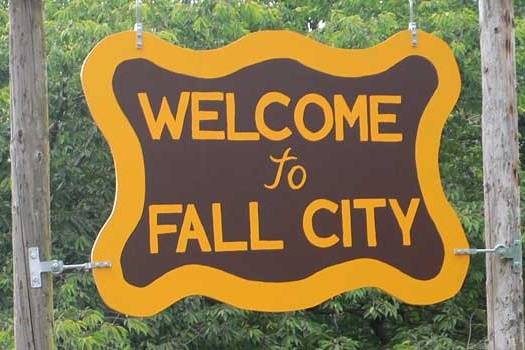Fall City’s business district is one step closer to beginning its shared septic tank project.
District property owners met with project engineers Aug. 10 for an informative session, discussing what ownership model the construction project would operate under.
An ownership model is beneficial because public utilities are owned by the property owners, up to the property line. This means any improvement made on someone’s property for a shared system requires action by the owner.
The ownership model will also be a decisive factor in both the cost and control of the project going forward, said Angela Donaldson, president of the Fall City Community Association.
Fall City residents have been plagued by a problematic septic system for decades. The problem began when buildings, now located along State Route 202, were relocated onto drainage fields for a former highway construction project. Septic issues have prevented businesses from developing or improving their property.
Donaldson said one-third of properties in the business district have non-conforming septic systems, meaning the state Department of Health could shut them down at any time.
According to project engineers, the current septic tank also has the possibility of contaminating groundwater and causing soil erosion and runoff into the Snoqualmie River.
At the meeting, owners narrowed the ownership model down to two possibilities — a homeowners association (HOA) or a public utility district (PUD).
“A homeowners association is fast and efficient, and allows more local control, flexibility and ease of use of forming it,” Donaldson said. “Whereas, a utility district requires an election process for commissioners and would require more time and expense.”
According to project engineers, an HOA is beneficial because it provides easy implementation, but it lacks compliance tracking or mechanism monitoring of the system. A PUD could allow for a greater service area and a lower risk of malfunctions, but would require regulatory agencies, system service providers and greater costs.
Donaldson said the majority of project will be covered by state and federal funds. The state Legislature designated $6.5 million from the federal American Rescue Plan Act to improve the city’s septic system. The State Department of Commerce also contributed funds for permitting and sustainability analysis.
At the meeting, residents created a list of musts and wants in the project’s ownership model. Residents’ musts include lo cost, local ownership over county ownership, contracted capabilities for routine maintenance, funding security, membership accountability and public safety.
Their wants include a short creation window, regulatory oversight and doing what is best for the community.
Project engineers will bring two alternative project proposals, and projected costs, to the group’s Aug. 25 meeting, where owners will vote on the ownership model. A survey, asking property owners opinions on the project, was sent out Aug. 9.
If all goes according to plan, the city will finalize plans and submit permit applications by September. Construction would begin between July and September 2022, with construction lasting a few months.
“A rural town is intended to have some level of goods and services, but right now we’re not able to because we don’t have conforming systems,” Donaldson said. “This [project] would allow property owners to have a shared cost system with off site wastewater solutions.”


